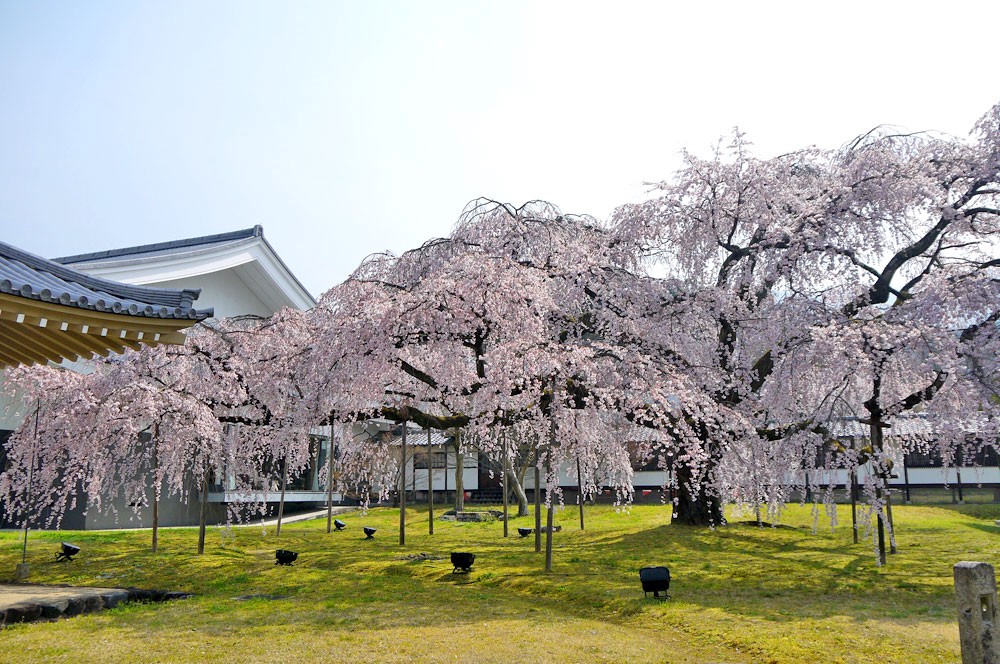
Japan UNESCO World Heritage Sites Guide, Tailor-made Japan Tour Packages
UNESCO World Heritage Sites
World Heritage Sites are declared by The United Nations Educational, Scientific and Cultural Organization, abbreviation for UNESCO with motto "Heritage is our legacy from the past, what we live with today, and what we pass on to future generations. Our cultural and natural heritage are both irreplaceable sources of life and inspiration." It is marvelous that Japan as a small island country contains 23 UNESCO World Heritage Sites, that 19 cultural ones and 4 natural ones, Which indicates the determination and ability of Japan at environment and culture conservation.
Ryoanji Temple

Ryoanji Temple (龍安寺, Ryōanji) is the site of Japan's most famous rock garden, which attracts hundreds of visitors every day.
Koyasan

Mount Koya (高野山, Kōyasan) is the center of Shingon Buddhism, an important Buddhist sect which was introduced to Japan in 805 by Kobo Daishi (also known as Kukai), one of Japan's most significant religious figures
Shirakawa-go Village

Located in a mountainous region that was cut off from the rest of the world for a long period of time, these villages with their Gassho-style houses subsisted on the cultivation of mulberry trees and the rearing of silkworms.
Shiretoko National Park

Shiretoko National Park, located on the Shiretoko Peninsula in eastern Hokkaido, is one of Japan's most beautiful and unspoiled national parks.
Futarasan Shrine

A shrine of marriage with a long history of over 1,200 years. This shrine enshrines three pillars of parent and child, a rarity in Japan. It is famous not only as a spot for marriage, a place to connect men and women, but also to connect nature, work, family, and all kinds of relationships.
Daigoji Temple

Daigoji is a temple complex with many cherry trees southeast of central Kyoto, where Hideyoshi held a famous hanami party in the 16th century. Some outstanding weeping cherry trees stand on the grounds of the Reihokan Museum and in front of the Sanboin.
Chusonji Temple

Chusonji Temple, a UNESCO World Heritage site. You can get a glimpse into Japan's frontier history at this temple.
Rinnoji Temple

Rinnoji Temple is Nikko's most important temple. It was founded by Shodo Shonin, the Buddhist monk who introduced Buddhism to Nikko in the 8th century.
Iwami Ginzan Silver Mine

The Iwami Ginzan was an underground silver mine in the city of Ōda, in Shimane Prefecture on the main island of Honshu, Japan.
Oura Catholic Church

Oura Church, is the place where 250 years after Christianity had been prohibited, it was discovered that there were underground followers of Christ.